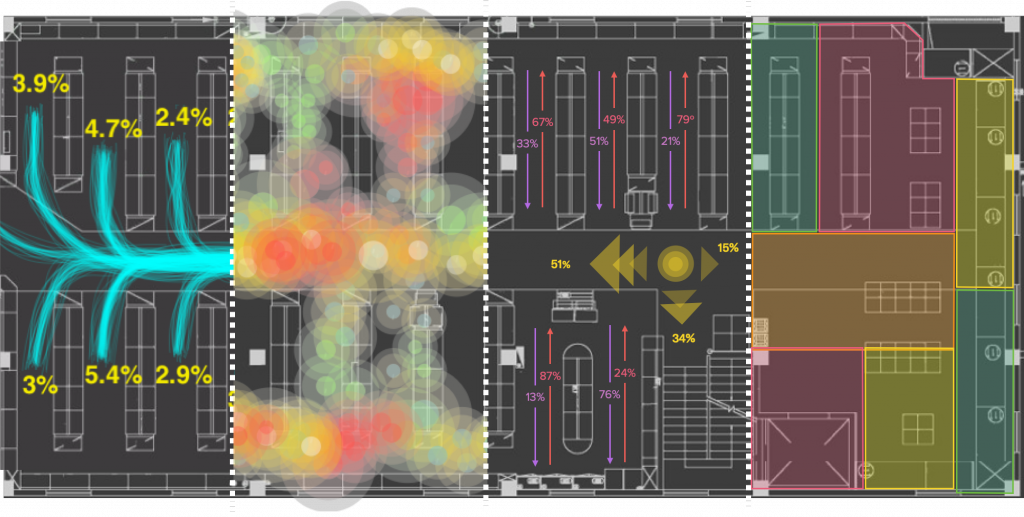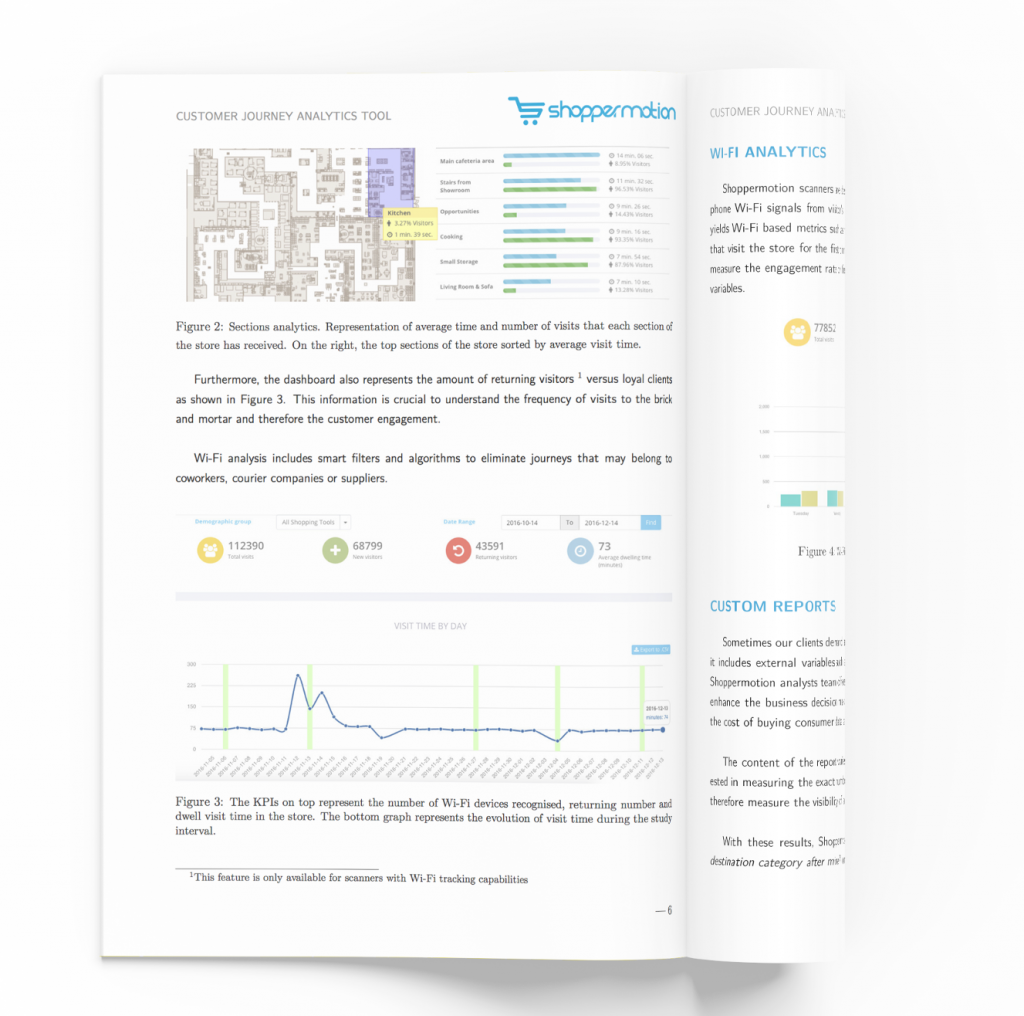CatMans: Next-gen of Retail Intelligence
The average shopper walks into a retail store with a general idea in mind. They are more attentive than normal so as not to miss any item on sale, discounted or available promotions while seeking out the various items they came in for. Little do they know that what they see and the interaction from the door, round the aisle and back are not random but usually the work of a well thought out management plan.
Herein comes the humble category manager working in the background to make sure the placement of everything from signage, category markers, category usage tips, and more, are just where they need to be. They are ultimately responsible for what the shopper sees at the fixture or on their way to it.
What is Category Management?
In any retail space, items or products would be arranged by certain criteria. Category Management can be said to the concept wherein items are grouped together in certain arrangements. This is done in such a way that it best maximizes the item’s visibility and sales potential while at the same time promoting the sales of related goods. All this takes place in a systematic and disciplined approach as a strategic business unit.
To simplify this, we can say that it involves the art and science of organizing products in such a way, that they not only have maximum visibility but complement and match the products around them. It’s a matter of combining Business Intelligence, Retail Intelligence, benchmarking and market research to achieve superior results.
You might think that all one has to do is match similar goods and products together, place them on a shelf and you’re done. But things are not so simple. There are a few things a category manager – “the person in charge of managing each category” – has to keep in mind. It should also be noted that a key role that should be possessed by any CatMan (Category Manager), should be the ability maximizing business profit from selling products within a specific category.
This means that there should be harmony as you move from one category to another with each end cap giving a seamless migration between. At this point, we have to mention that any end cap positioned in your store serves a purpose. No matter if you set up these displays to sell more products or bring attention to a new promotion, they are valuable. That’s why, when setting up your end caps, you shouldn’t position them randomly. Instead, you need to be strategic. To do this, one way is to ensure your end caps match their category adjacencies – “Categories placed next to or opposite each other within a gondola run or aisle”.
There can be no overstating how important this is. Messing up the end cap is just one of the ways in which KPIs are missed on a daily basis. But it’s not the only factor. If a CatMan doesn’t take note of things like dwell times, foot traffic, aisles directions nor try to gain a greater understanding of their categories, then we will see more missed KPIs each day.
What a Category Manager should focus on
As a CatMan, there are a few things one has to focus on. The first being aisle direction and how relevant this metric is for product placement. Depending on your store layout, the direction of your aisles might be placed in certain arrangements and a CatMan’s job is to place products that make maximum use of this placement.
A suite of analytics offered by Shoppermotion. Traffic losses through the main aisle, heatmaps, aisles directions and correlation between categories
But the journey doesn’t just end here. It is also important to know if your category is visited right before leaving the store or at the beginning of the journey. That is, knowing in which moment of the journey your category is visited may infer in which type of product you promote (heavy products are usually left for the last part of the journey, so customers do not have to bring them the whole visit). This information might seem simple at first glance, but it holds in it the potential to make or break a category’s placement.
After which we have the selection of the best spot to launch various promotions based on the type of product and the shopping missions that usually pass by them and detailed market research. E.g., a new shampoo offer should be placed in an end-cap that receives a great number of stock-up missions (large purchases for the next ⅔ weeks) E.g., new promotion of olives should be placed in an end-cap popular for daily-shop missions.
Finally, a CatMan should be able to give an estimate of ROI per activation comparing sales and traffic. We have the aggregated sales for a promo. Then, we divide it by the number of shoppers detected in the area, and we estimate the conversion rate. (sales/people)
Reports for Category Managers include metrics such as dwell time in the area, traffic, stopping power, bounce rate, traffic and related shopping missions.
So how does a CatMan get all these things done? Well, they start with defining what the retailer is and how they currently operate combined with an understanding of the customer shopping missions for that store. Following which the importance of the category must be understood, both in terms of traffic generation and in-store analytics. Once a proper assessment of the category has been carried out, it is then broken down into its component parts and a series of strategies are drawn up to maximize each individual category. While not forgetting the correlation factor between them.
Having good strategies make generating the fine-print tactics to be employed all more important. These will involve marketing activities, various types of promotions, changes to assortment, communication strategy, and planogram or fixture changes as needed. Plus utilizing trade marketers when and where needed.
When all these are in place, it becomes time to implement the action plan and in-store operations, following which, a review of the results is analyzed, benchmarked and measured. This should be ongoing and used to help the CatMan refocus and make changes if necessary.
Having the right tools
When all these things are considered, there is a tendency to think that the task at hand is a very daunting and difficult endeavor. Yet with the right tools and analytics, a CatMan should be able to get a strong grasp of the categories under his care plus make smarter decisions on which direction and strategy would best enhance revenue for a given Category.
One such tool is Shoppermotion, which provides better insights to CatMans. Is not only simplifies the data collecting process but gives a detailed analysis of what it all means using Machine Learning and a proprietary Business Intelligence engine. This shortens the decision-making time, allowing you to skip ahead into implementations of what works best for you.
Some of the most common metrics measured with an in-store Business Intelligence tool on each category are:
- Average visit duration. - How many seconds stands on average a customer in the category.
- Traffic and dwell time heatmaps. - Visual representation of the traffic and time spent on the different areas of the category.
- Engagement rate.- Percentage of customers that interact in the category.
- Conversion funnel.- How much traffic crossed the category vs. how much traffic stopped by.
- Bounce rate.- How much traffic crossed the category without stopping.
- Shopping missions.- Distribution of shopping missions for that specific category: stock-up, fill-in, daily food or urgent item.
- Direction.- In which direction is the customer moving on average in the category
- Moment of the journey.- When is this category visited? at the beginning of the journey, during the journey or right before leaving?
- Correlation.- List of categories commonly visited during the journey that stopped in this category
- Origin/destination.- Categories visited right before or after this category
With the right Business Intelligence tools, CatMans can leverage new metrics that are a must nowadays in any e-commerce website but are missed in brick-and-mortars. Although it’s difficult to digitalize the point of sale, adequate planning and testing using in-store intelligence can result in better execution and more efficient use of time and in-store marketing and operational expenses for CatMans and trade marketers.
About the Author: Jorge is the CEO at Shoppermotion, a global in-store analytics platform built using a novel indoor navigation technology and machine learning. Raised in Spain, in 2015 he received his Doctoral Degree in Computer Vision for Autonomous Robots, magna cum laude. His honors include awards such as Innovator Under 35 by MIT and Responsible Leadership Award by PwC. He is regularly invited by Business Schools such as ESADE, IESE, or IE to talk about disruption and innovation in marketing and retail.

